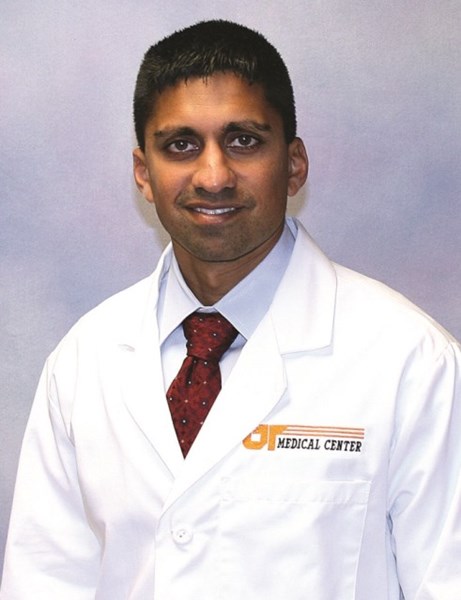KNOXVILLE, Tenn., Sept. 18, 2013 (GLOBE NEWSWIRE) -- The leading cause of death among college athletes is motor vehicle accidents, according to a recently published study. The study showed the rate of death in the general population of college-aged young adults is actually five times greater than that of the athletes. But it also, according to researchers, revealed that athletes in certain sports died in motor vehicle accidents at a significantly higher rate than that of other athletes, at levels that mirrored the general population.
There were 273 deaths during the five-year study that recorded nearly 2 million athlete participation-years among National Collegiate Athletic Association (NCAA) athletes. Of that number, 145, more than half, were due to accidents or unintentional injury, with 100 occurring from motor vehicle accidents.
Dr. Irfan Asif of the University of Tennessee Graduate School of Medicine at The University of Tennessee Medical Center conducted the study in conjunction with a researcher from the University of Washington and assistance from the NCAA. The study revealed a higher level of motor vehicle accident deaths associated with athletes participating in three particular sports: men's basketball, football and wrestling.
"It suggests that athletes in the subgroups, football, wrestling and basketball, may be engaged in higher risk activities," Asif said. "Team physicians play a unique role in the lives of student athletes and at times are able to get information from these students that others may not be able to obtain. With that information, perhaps there is an opportunity to halt or at least lessen the high risk behavior and to create effective safety and accident prevention programs."
Asif said discussions about drinking and driving or texting and driving can be helpful, as an example. He also suggested that universities create what is known as a catastrophic incident plan to help the institutions and those close to them prepare for untimely athlete deaths, regardless of the cause.
If anything happens, the schools can put that plan into place immediately and hopefully help minimize the damage," Asif said. "You never know the kind of impact the loss of life can have on people and how many lives can be affected by the death of a student athlete. In addition to parents, teammates, coaches and training staff, student athletes often earn the attention and admiration of other students and even the community at large."
Elements of a catastrophic incident plan, according to Asif, should include the availability of counseling for all those impacted as well as a plan for media coverage and publicity that is sensitive to the victim's family.
The study was recently published in the Clinical Journal of Sports Medicine. According to study results, male athletes were twice as likely to be involved in accidents. The study did not reveal a significant difference in accident rates among different races.
The mission of The University of Tennessee Medical Center, the region's only hospital to achieve status as a Magnet® recognized organization, is to serve through healing, education and discovery. UT Medical Center, a 581-bed, not-for-profit academic medical center, serves as a referral center for Eastern Tennessee, Southeast Kentucky and Western North Carolina. The medical center, the region's only Level I Trauma Center, is one of the largest employers in Knoxville. For more information about The University of Tennessee Medical Center, visit online at www.utmedicalcenter.org.
A photo accompanying this release is available at: http://www.globenewswire.com/newsroom/prs/?pkgid=21036
